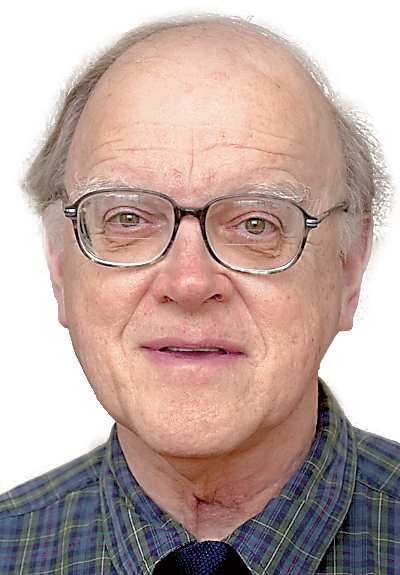More than 74 million Americans, one-fifth of our population, are covered by Medicaid and the Children's Health Insurance Initiative. Thirty-two states and the District of Columbia chose to expand Medicaid coverage under terms of the Affordable Care Act of 2010.
Expansion provided health insurance coverage for more than 10 million Americans who otherwise would have been uninsured. Sixteen states with Republican governors chose to expand their Medicaid programs.
Expansion raised the income limit for Medicaid to 138 percent of the Federal Poverty Level in states approving the measure. In 2016, this equated to $27,821 for a family of three. States that chose to expand Medicaid reduced levels of uninsured residents to single digits: 8 percent in New York, 5 percent in Massachusetts. Among states whose legislatures blocked expansion, levels of uninsured residents ranged from 12 percent in Alabama, 13 percent in Tennessee, 16 percent in Georgia and 18 percent in Texas.
For 2016, the federal contribution to Medicaid exceeded $344 billion, making the program the third-largest domestic program in the federal budget behind Social Security and Medicare.
Medicare and Medicaid were signed into law by President Lyndon Johnson in July 1965. The federal government provided the majority of funding for each state's Medicaid program, but states were given leeway in administering Medicaid and designing benefits for those insured. A state could obtain a waiver from the federal government for innovative programs.
Some states such as New York included dental, hearing, vision and mental health benefits that exceeded those offered in other states, especially those in the South. Each state could determine eligibility, some setting the upper limit of income at the Federal Poverty Level; others set the income limit as low as 15 percent of the level.
More than 2 million adults fall into a coverage gap, earning too much to qualify for Medicaid benefits but below the lower limit for marketplace tax credits, which begin at 100 percent of the Federal Poverty Level. Childless adults compose the majority in the gap. More than 90 percent of those in the gap live in the South, where many state legislatures seem indifferent to the medical needs of poor people.
The major groups for which Medicaid provides health insurance are families with children, persons with disabilities and very low-income seniors who are Medicare enrollees. The latter group account for one-fourth of persons covered by Medicaid.
Medicaid pays for more than half of the nation's long-term care, both institutional and home care, for elderly and disabled persons.
Opponents of Medicaid vow to replace the program with block grants to individual states. They argue that each state could devise a program best suited to the needs of its residents. Presumably, each state could establish its own rules for eligibility as well as the content of coverage. Prior experience with Medicaid programs in Southern states is not encouraging.
It remains unclear how block grants would be determined. Would funds be allocated on the basis of total population or the percentage of population living below the federal poverty level? What contribution would be required of each state? Would each state be mandated to provide coverage for every resident with an income below the poverty level? Who would monitor the program for effectiveness and fairness? Would a care plan in one state be honored in another state?
One proposal, H.R. 2300, the Empowering Patients First Act, would replace Medicaid subsidies under the Affordable Care Act with flat tax credits based on age rather than income. The proposed bill offers grossly inadequate credits: $1,200 yearly for a person aged 18 to 35; $3,000 annually for 50 years and older.
Before senators and representatives take a wrecking ball to Medicaid, they should carefully consider the impact of proposed changes on lives of people in often perilous circumstances. Blind ideology can cost lives.
Why not fund Medicaid to the extent that recipients could have access to health insurance that is comparable to that of Congress?
Contact Clif Cleaveland at ccleaveland@timesfreepress.com.

